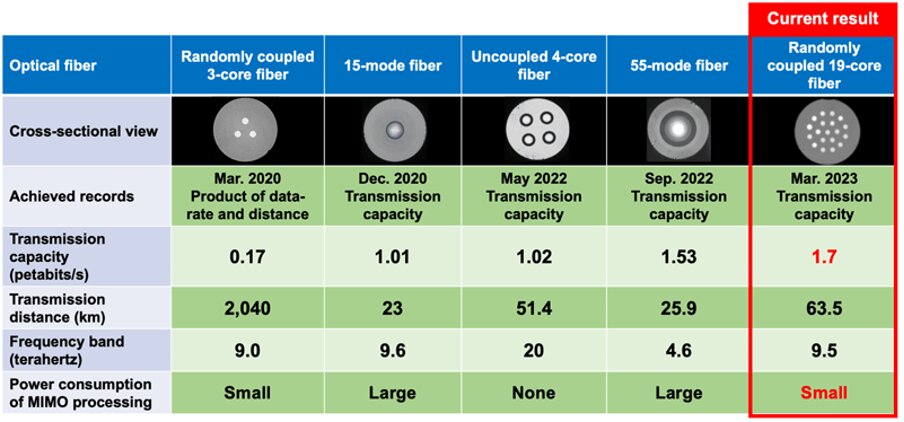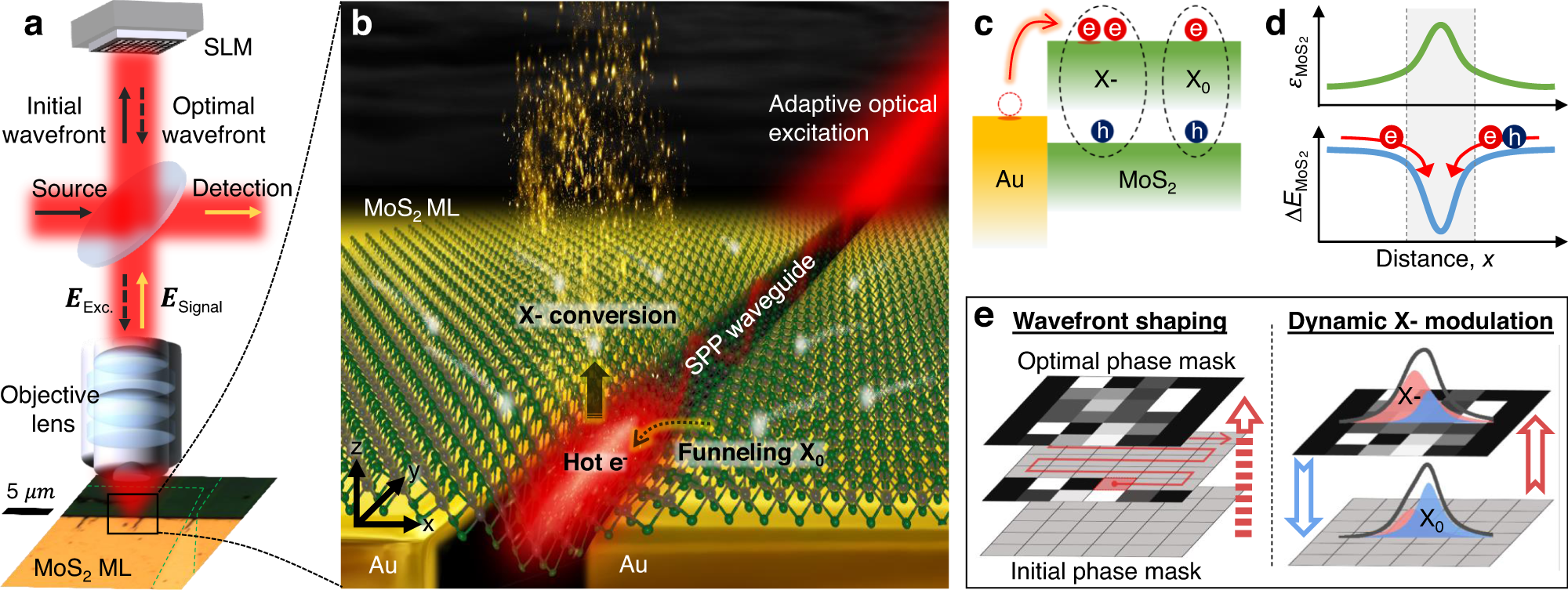
An optical fiber about the thickness of a human hair can now carry the equivalent of more than 10 million fast home internet connections running at full capacity.
A team of Japanese, Australian, Dutch, and Italian researchers has set a new speed record for an industry standard optical fiber, achieving 1.7 Petabits over a 67km length of fiber. The fiber, which contains 19 cores that can each carry a signal, meets the global standards for fiber size, ensuring that it can be adopted without massive infrastructure change. And it uses less digital processing, greatly reducing the power required per bit transmitted.
Macquarie University researchers supported the invention by developing a 3D laser-printed glass chip that allows low loss acce...
Read More









Recent Comments